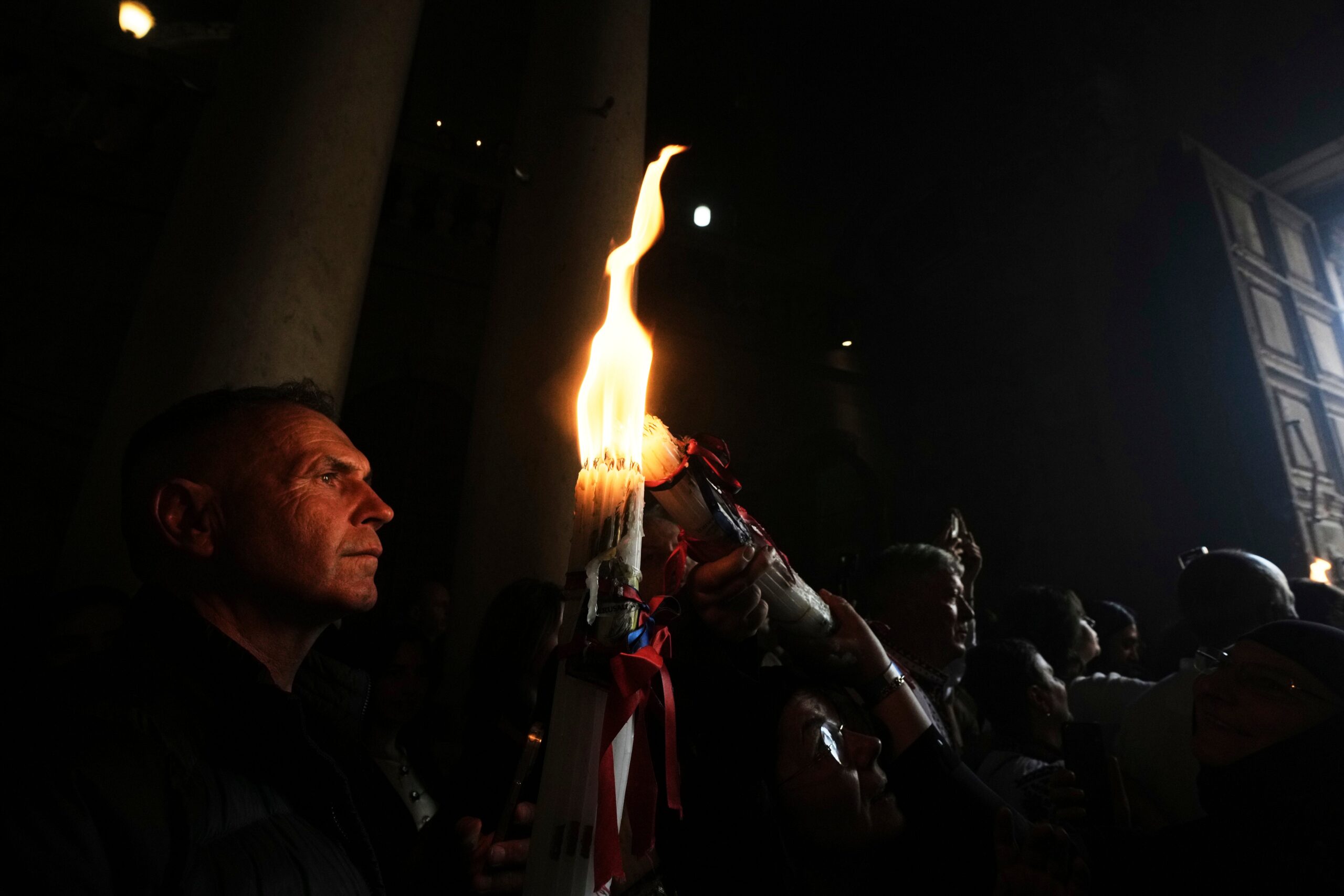Every year, thousands of Orthodox Christians gather in Jerusalem’s Church of the Holy Sepulchre to witness the miracle of the Holy Fire — a flame said to mysteriously ignite from within Christ’s tomb the day before Orthodox Easter. The tradition, regarded as one of the most sacred rituals in Eastern Christianity, is steeped in centuries-old belief, but recent conversations have sparked controversy over how the fire actually appears.
According to some accounts from clergy and insiders, the Holy Fire may not be a spontaneous divine spark, but rather a symbolic act. Eyewitness reports and leaked footage suggest that a candle and a simple lighter are used inside the tomb to ignite the flame — out of sight from the public. This revelation has prompted debates among believers and skeptics alike.
Supporters of the ritual argue that the symbolic nature doesn’t take away its spiritual value. They maintain that whether lit by divine intervention or by hand, the flame carries deep cultural and religious significance, uniting millions in faith and celebration.
Critics, however, view the hidden lighting method as misleading, accusing the church of fostering a myth for the sake of tradition and pilgrimage-driven tourism.
Despite the controversy, the Holy Fire continues to draw enormous crowds and emotional devotion. For many, it’s not about how the fire is lit, but what it represents — resurrection, hope, and the endurance of ancient faith.











